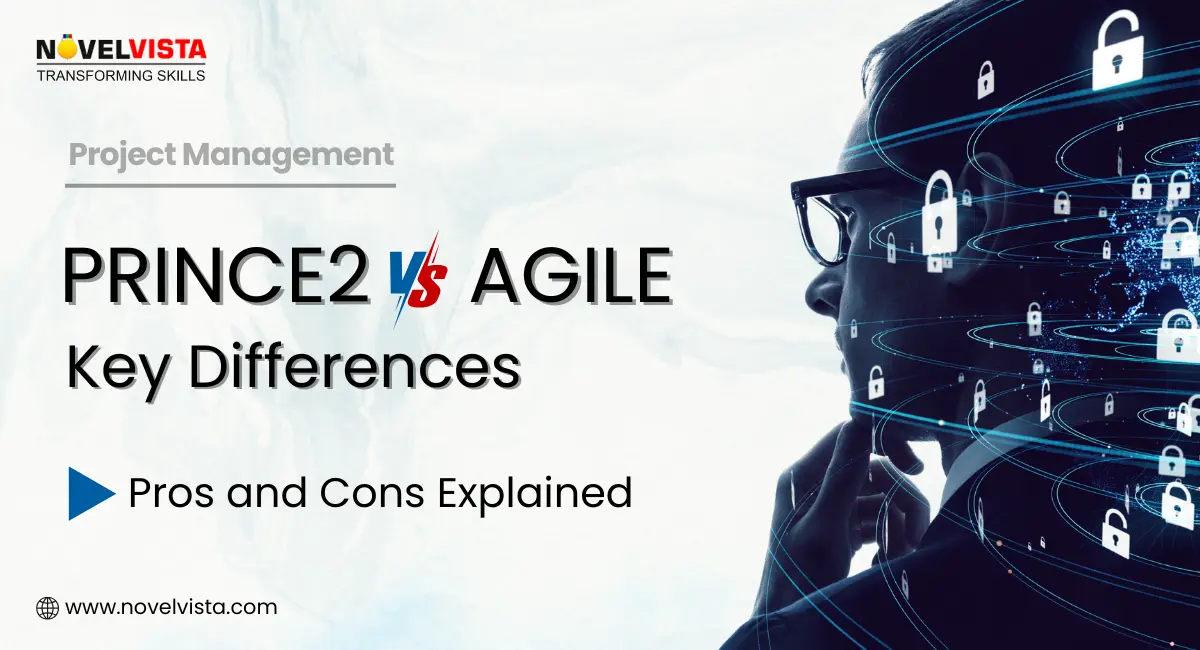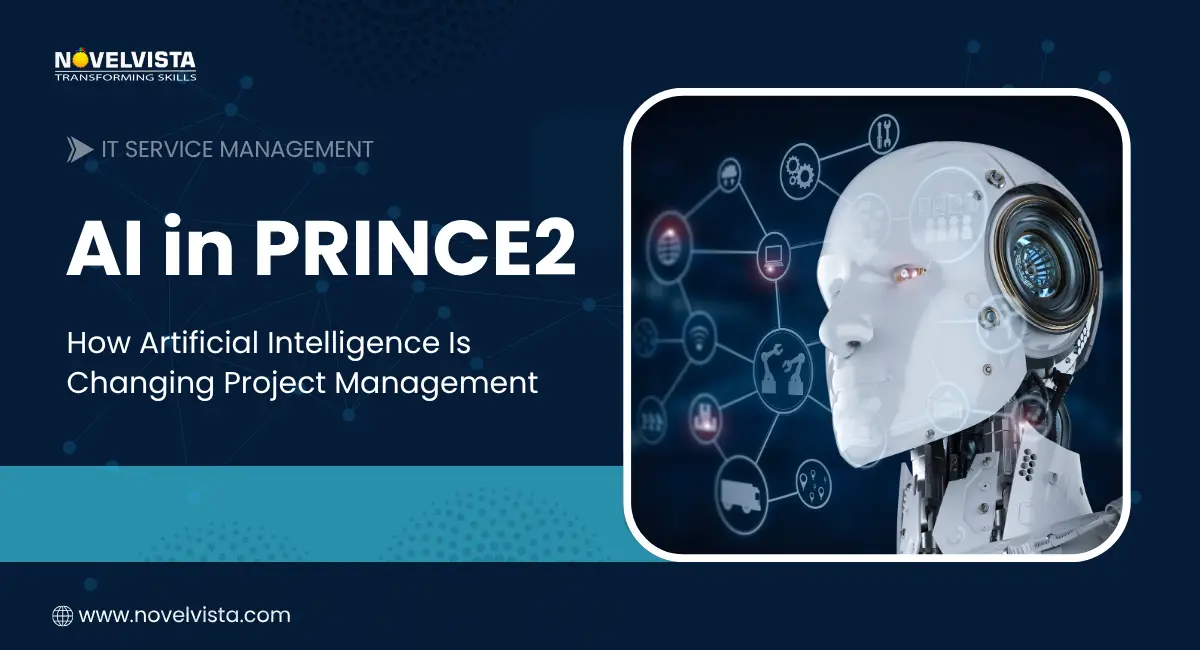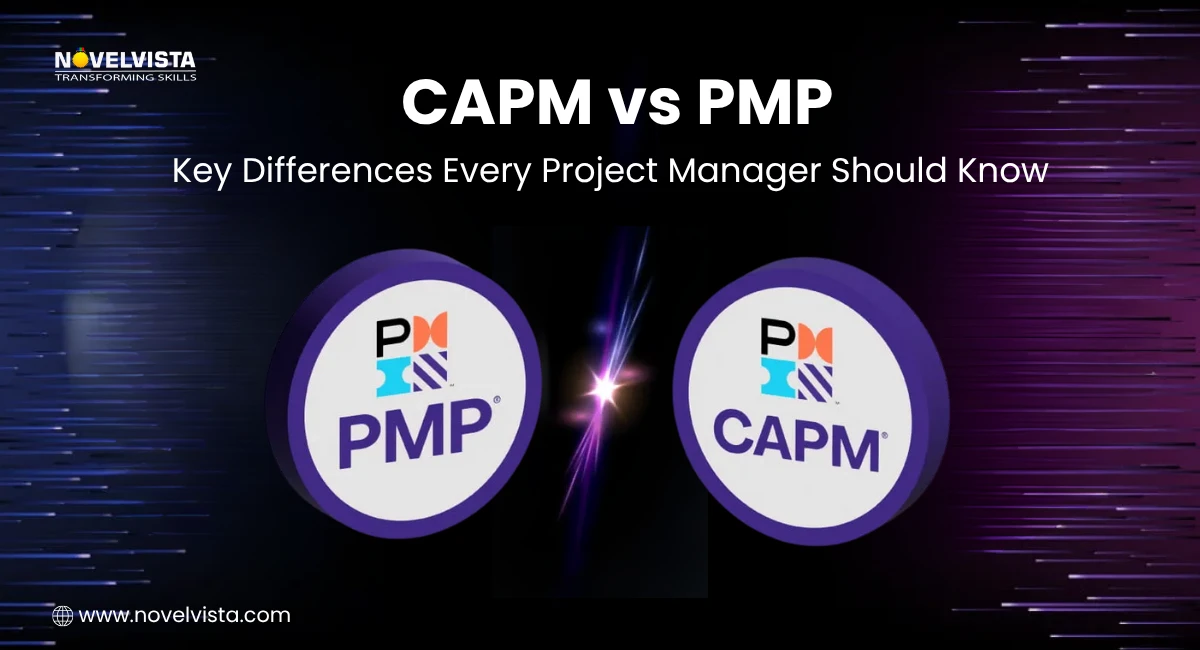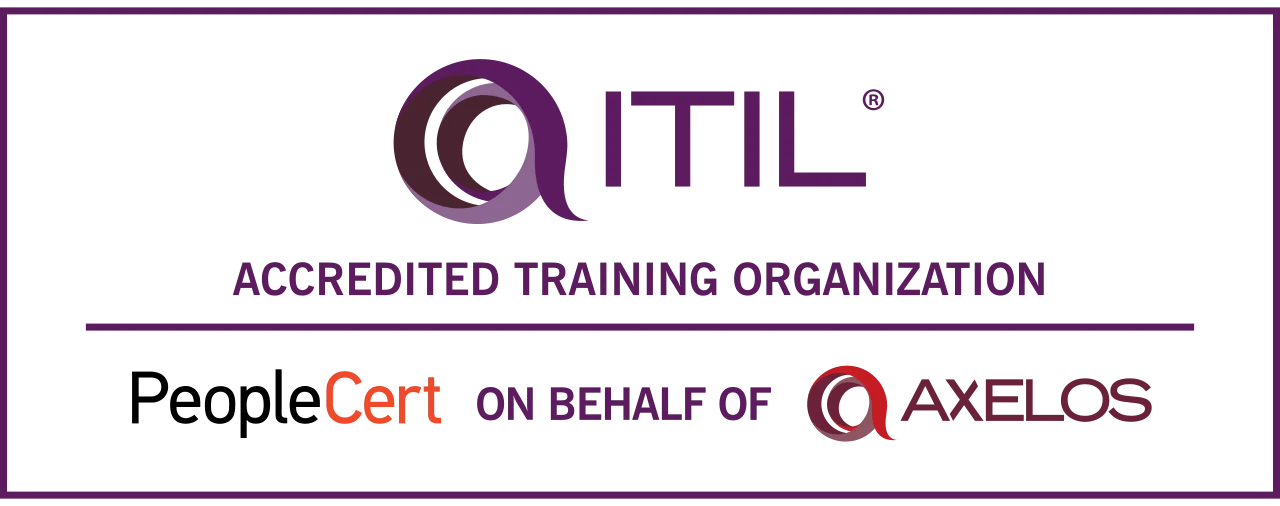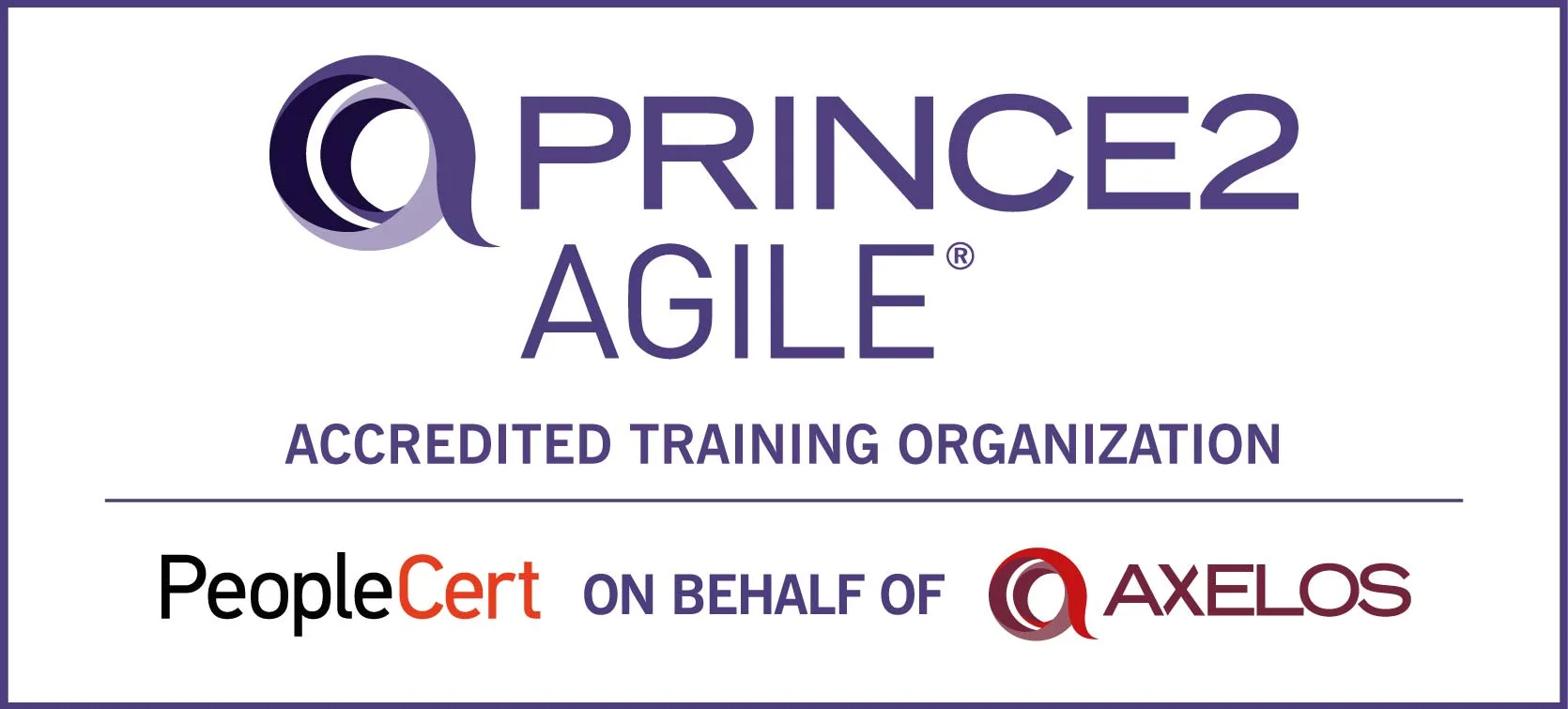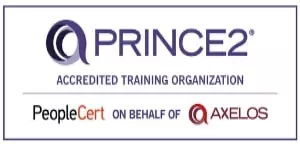Your projects can succeed or stumble depending on the approach you pick. PRINCE2 vs Agile 2025 is a debate every project manager faces: one is structured and process-driven, the other flexible and iterative. Choosing the wrong method can slow delivery, confuse teams, or hurt outcomes. This guide helps you understand how PRINCE2 and Agile differ in project structure, roles & responsibilities, risk management, certification, and career growth, so you can pick the right fit for your organization and professional journey.
One common difference? PRINCE2 focuses on upfront planning and controlled governance, while Agile thrives on adaptability and rapid iterations.
What is PRINCE2? A Quick Overview
PRINCE2, short for PRojects IN Controlled Environments, is a structured, process-based project management framework recognized worldwide. It’s ideal for complex, large-scale projects where governance, documentation, and risk management are essential. With defined roles, controlled stages, and clear processes, PRINCE2 ensures that projects stay on track and meet objectives efficiently.
Organizations across industries, from government infrastructure to large corporations, rely on PRINCE2 for consistent delivery. For professionals, PRINCE2 certification opens doors to advanced project management roles globally.
For a detailed understanding, check our comprehensive PRINCE2 blog.
What is Agile? A Quick Overview
Agile is a flexible, iterative methodology that focuses on continuous delivery, collaboration, and adaptability. Unlike PRINCE2, Agile prioritizes working software, customer feedback, and rapid responses to change. It’s highly relevant for modern IT projects and software development, where requirements evolve and speed matters.
Agile teams work in short cycles or sprints, constantly refining deliverables and improving quality. Its collaborative nature empowers teams to experiment, adapt, and meet customer needs effectively.
PRINCE2 vs Agile: Key Differences
Here’s a clear comparison to see PRINCE2 vs Agile differences at a glance:
|
Aspect |
PRINCE2 |
Agile |
|
Definition |
A structured, process-driven project management methodology emphasizing stages, governance, and formal controls. |
An iterative and adaptive project management approach prioritizing collaboration, flexibility, and delivering incremental value. |
|
Focus |
Process, governance, compliance, and controlled delivery |
Customer value, adaptability, and continuous improvement. |
|
Project Structure |
Stage-gated with clearly defined phases and milestones. |
Iterative sprints or cycles with incremental delivery. |
|
Methodology |
Process-based, following pre-defined templates and procedures |
Framework-based (Scrum, Kanban, SAFe), focused on iterative cycles |
|
Flexibility |
Low; changes are managed through formal procedures. |
High; welcomes changes and evolving requirements |
|
Planning |
Heavy upfront planning with stage-wise reviews |
Continuous, adaptive planning during each sprint or iteration. |
|
Team Collaboration |
Structured; collaboration is mostly within defined roles. |
High; self-organizing, cross-functional teams with frequent communication. |
|
Roles and Responsibilities |
Defined roles: Project Manager, Team Manager, Executive, Project Board |
Defined but flexible roles: Scrum Master, Product Owner, Team Members; teams share responsibilities. |
|
Documentation |
Extensive, mandatory documentation for governance and reporting |
Minimal; working deliverables prioritized over documentation. |
|
Risk Management |
Formal risk registers and structured mitigation plans. |
Continuous assessment and mitigation within each iteration |
|
Project Delivery |
Linear, stage-by-stage delivery aligned with the plan. |
Incremental and iterative delivery, often in short sprints. |
|
Tools and Techniques |
Gantt charts, stage plans, business cases, RAID logs, dashboards. |
Kanban boards, Scrum boards, user stories, burn-down charts, backlog management tools. |
|
Best Suited For |
Large-scale, complex projects with regulatory or compliance requirements |
Projects with evolving requirements, high uncertainty, or rapid market demands. |
|
Certification Path |
PRINCE2 Foundation → PRINCE2 Practitioner → PRINCE2 Professional. |
Agile certifications: PMI-ACP, SAFe, ICAgile, Scrum Master, Product Owner |
|
Certification Cost |
$500–$1,200 for Foundation and Practitioner combined (₹40,000 – ₹1,00,000 approx.). |
$400–$1,500 depending on the certification and provider (₹35,000 – ₹1,20,000 approx.). |
|
Potential Salary Increase after Certification |
10–25% on average, depending on experience and region |
15–30% on average, particularly in software, IT, and product management roles. |
|
Professional Recognition |
Globally recognized, especially in government, finance, and formal PM environments. |
Increasingly recognized globally in IT, software, startups, and agile-driven organizations |
|
Career Impact |
Strengthens formal project management expertise; suited for PMO or managerial roles. |
Enhances agile delivery skills; suited for Scrum Master, Product Owner, or team leadership roles. |
|
Implementation Complexity |
Moderate to high; requires adherence to processes, governance, and documentation |
Moderate; requires cultural adaptation, team buy-in, and iterative delivery practices. |
Why PRINCE2 vs Agile Differences Matter
Understanding PRINCE2 vs Agile roles & responsibilities and methodology differences ensures teams select the right approach. Using a misaligned methodology can slow delivery, create confusion, or reduce project success rates.
Pros and Cons of PRINCE2
Here’s a breakdown of the pros and cons of PRINCE2 vs Agile for clarity:
Pros of PRINCE2
- Clear Governance – Provides structured processes and well-defined responsibilities, ensuring accountability at every project stage.
- Strong Risk Management – Formal risk logs and review points help identify and mitigate risks before they escalate.
- Scalable Framework – Can be applied to projects of any size, especially complex, multi-department initiatives.
- Standardized Processes – Ensures consistent project delivery across teams and locations.
- Professional Recognition – PRINCE2 certification is globally respected, enhancing career opportunities.
Cons of PRINCE2
- Less Flexible – Rigid processes can slow adaptation to changes in fast-moving projects.
- Documentation Heavy – Requires comprehensive reports, plans, and logs, increasing administrative work.
- High Training Cost – Certification and practitioner courses can be expensive for individuals and organizations.
- Slower Delivery – The Sequential stage-gate approach may delay rapid project outcomes.
- Complex Implementation – Needs experienced managers to implement effectively in large-scale projects.
Pros and Cons of Agile
Pros of Agile
- Flexible Approach – Adapts quickly to changing project requirements and priorities.
- Rapid Delivery – Iterative sprints enable faster product releases and feedback cycles.
- Customer Collaboration – Continuous stakeholder engagement ensures project outcomes meet expectations.
- Continuous Improvement – Retrospectives allow teams to refine processes regularly.
- Adaptable Teams – Self-organizing teams can respond quickly to obstacles and changes.
Cons of Agile
- Less Documentation – Minimal documentation may cause knowledge gaps in large projects.
- Coordination Challenges – Requires close collaboration; distributed teams may struggle.
- Hard to Scale – Large, multi-team projects may face alignment and communication issues.
- Requires Experienced Teams – Teams need Agile knowledge and discipline to succeed.
- Ambiguous Roles – Roles and responsibilities can be flexible, sometimes causing confusion.
When to Choose PRINCE2 vs Agile
Knowing when to choose PRINCE2 over Agile can make or break a project:
- Choose PRINCE2 for:
- Large-scale, complex projects with regulatory requirements
- Projects needing strict governance, documentation, and risk controls
- Multi-department initiatives where consistency is key
- Large-scale, complex projects with regulatory requirements
- Choose Agile for:
- IT and software projects requiring rapid iterations
- Dynamic environments where customer feedback shapes progress
- Startups or small teams needing flexibility and fast delivery
- IT and software projects requiring rapid iterations
Using the right methodology ensures efficiency, quality, and stakeholder satisfaction.
PRINCE2 vs PMP vs Agile Cheat Sheet
Compare PRINCE2, PMP, and Agile side-by-side and
pick the one that fits your career goals.
Real-world Applications and Success Stories
PRINCE2 Success:
A government infrastructure project used PRINCE2 to manage multiple contractors and phases. Structured governance and stage-gate controls minimized delays and kept costs within budget. Professionals gained certifications that boosted career progression.
Agile Success:
A software startup adopted Agile for product development, delivering new features every two weeks. Close customer collaboration improved retention by 25%, while teams learned iterative planning and risk management.
Key Lessons:
- Align methodology with project type and complexity
- Invest in team training for the best results
- Professionals gain career growth by mastering the chosen methodology
Conclusion and Next Steps
Choosing the right approach in PRINCE2 vs Agile 2025 is more than a preference—it’s a strategic decision affecting project outcomes and career growth. PRINCE2 provides structure, control, and consistency, while Agile offers flexibility, speed, and collaboration. Understanding PRINCE2 vs Agile roles & responsibilities and differences helps organizations succeed and professionals advance.
Next Step: Take Your Project Management Skills Further
Master both methodologies with NovelVista’s PRINCE2 Foundation and Practitioner Certification & Agile Project Management Training Course. Gain hands-on skills, certification readiness, and the expertise to lead successful projects in any environment.Frequently Asked Questions
Author Details

Novelvista
SME
NOVELVISTA LEARNING SOLUTIONS PRIVATE LIMITED - an Accredited Training Organization (ATO), is a professional training certification provider, helping professionals across the industry to develop skills and expertise to get recognition and growth in the corporate world. We’re one of the leading training providers and gradually spreading our training facility amongst candidates based at different geographies. We have gained recognition over the years in professional training certification in IT industry such as PRINCE2, DevOps, PMP, Six Sigma, ITIL and many other leading courses.
Confused About Certification?
Get Free Consultation Call

